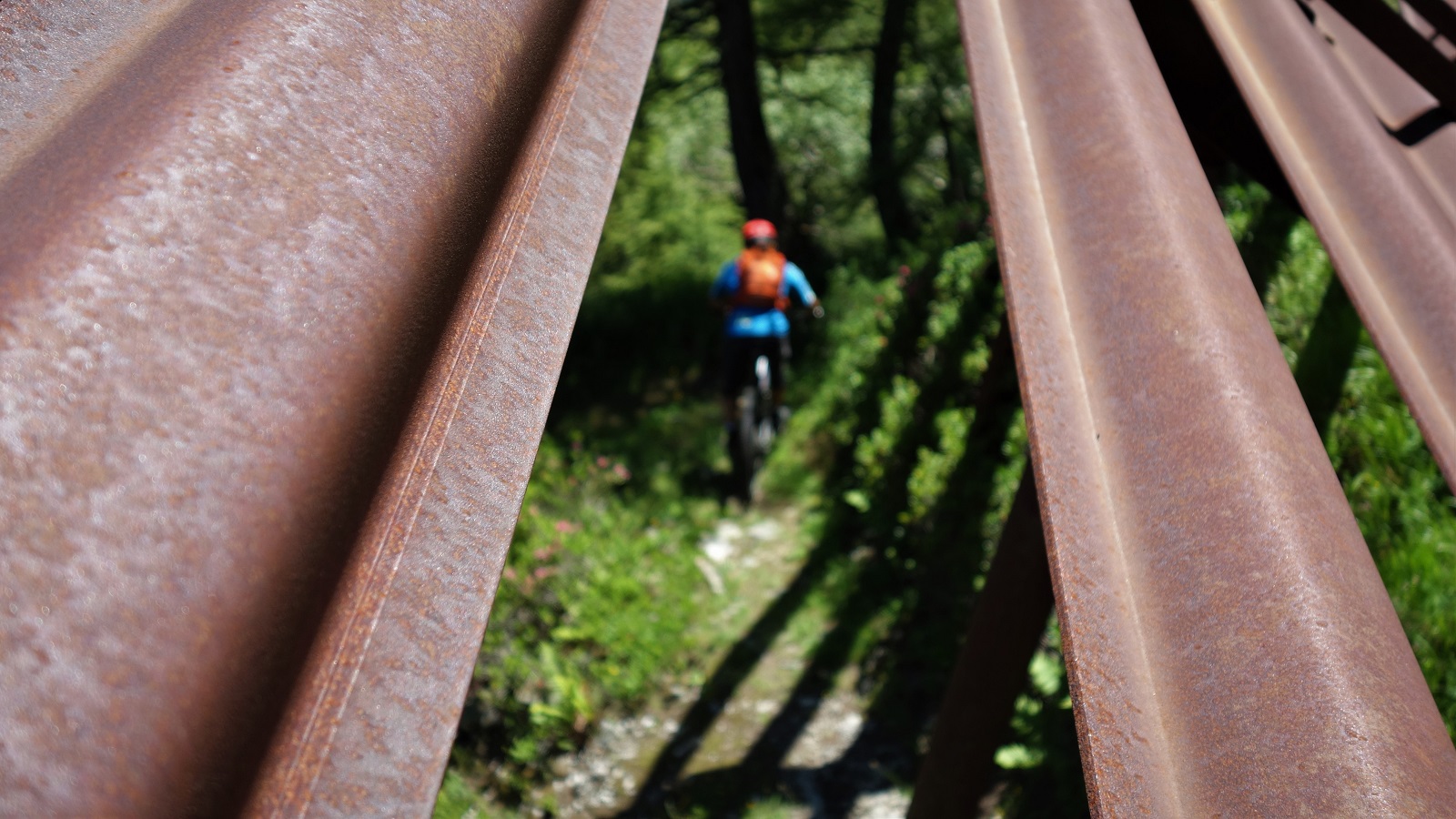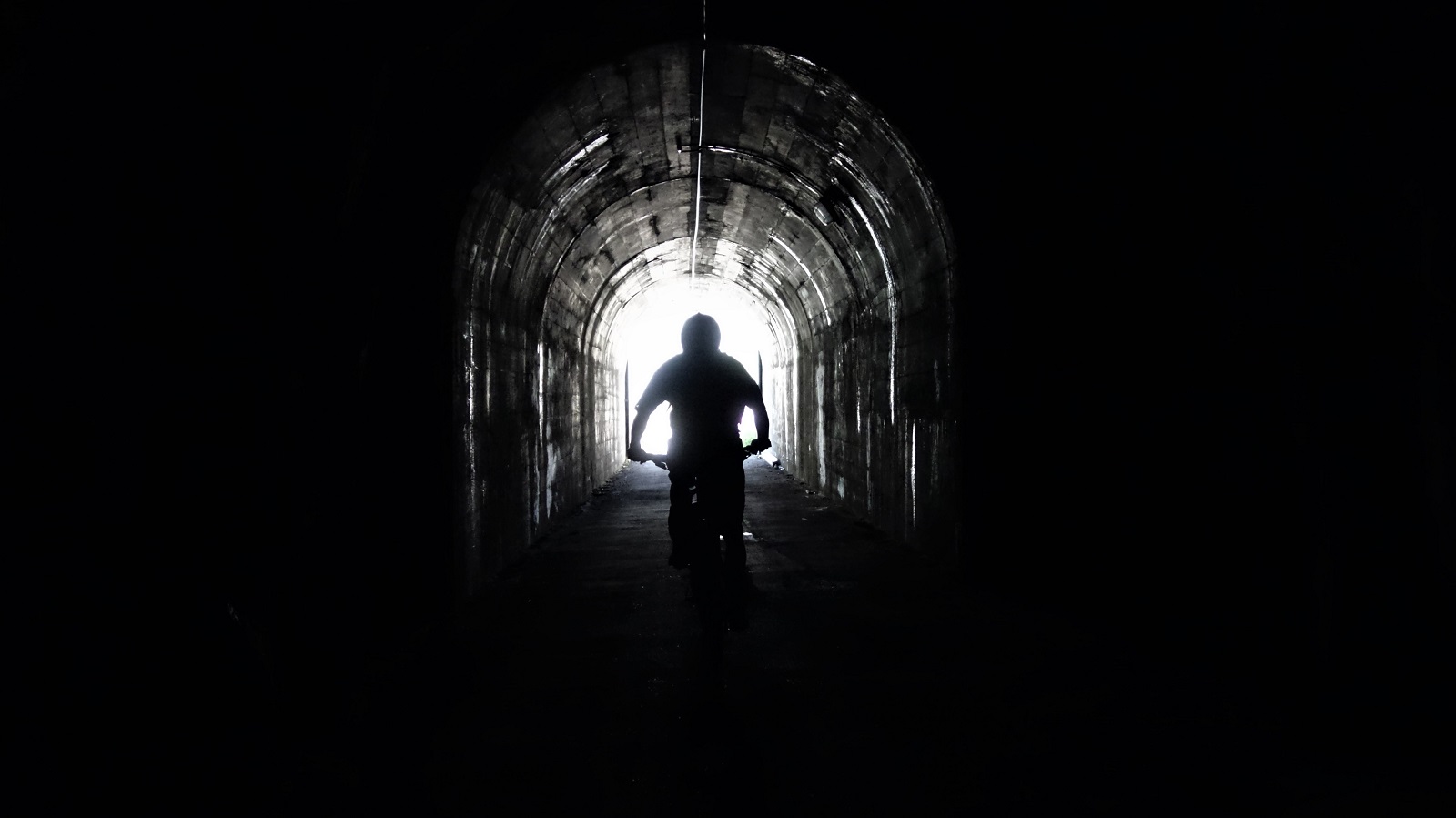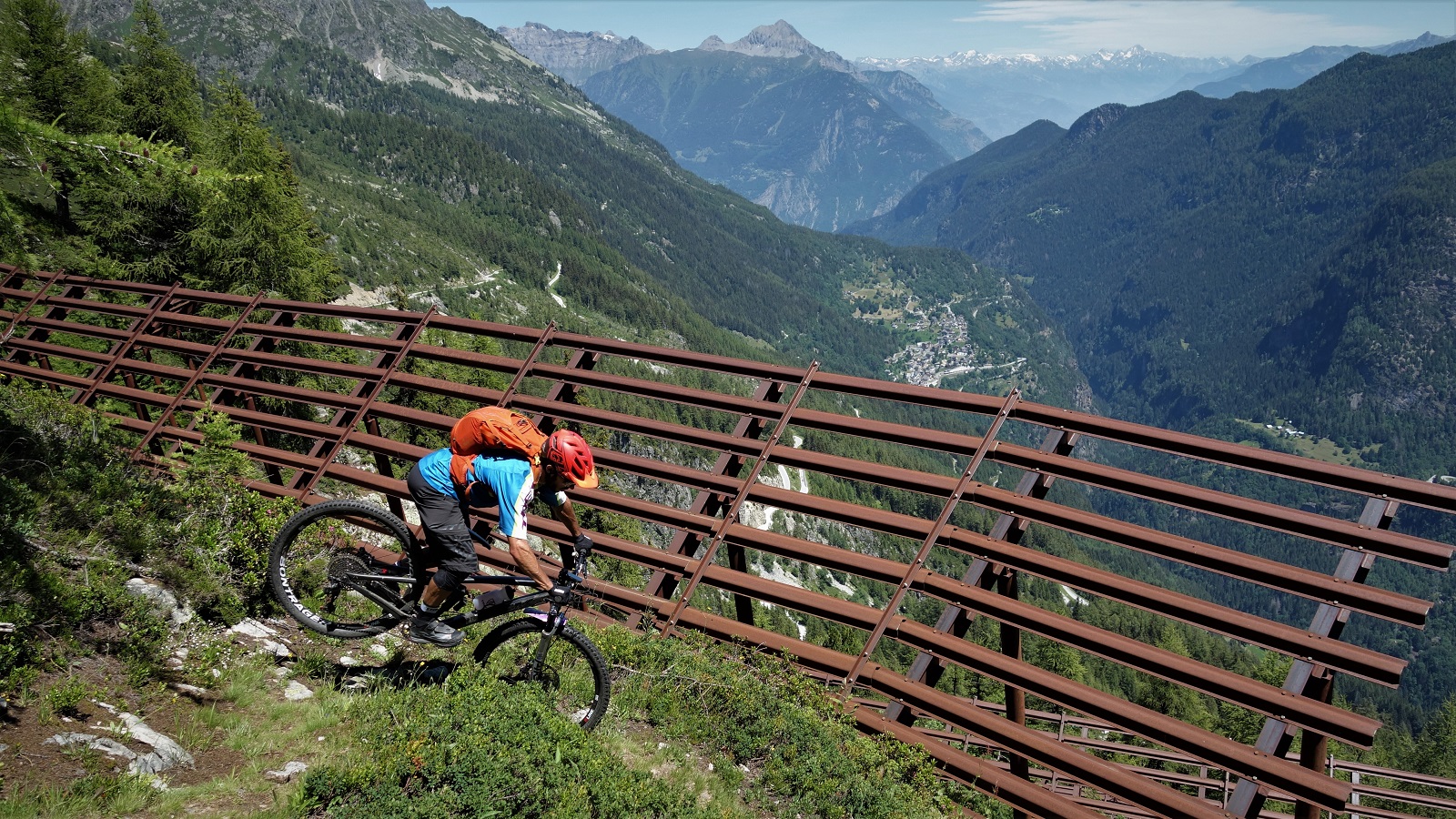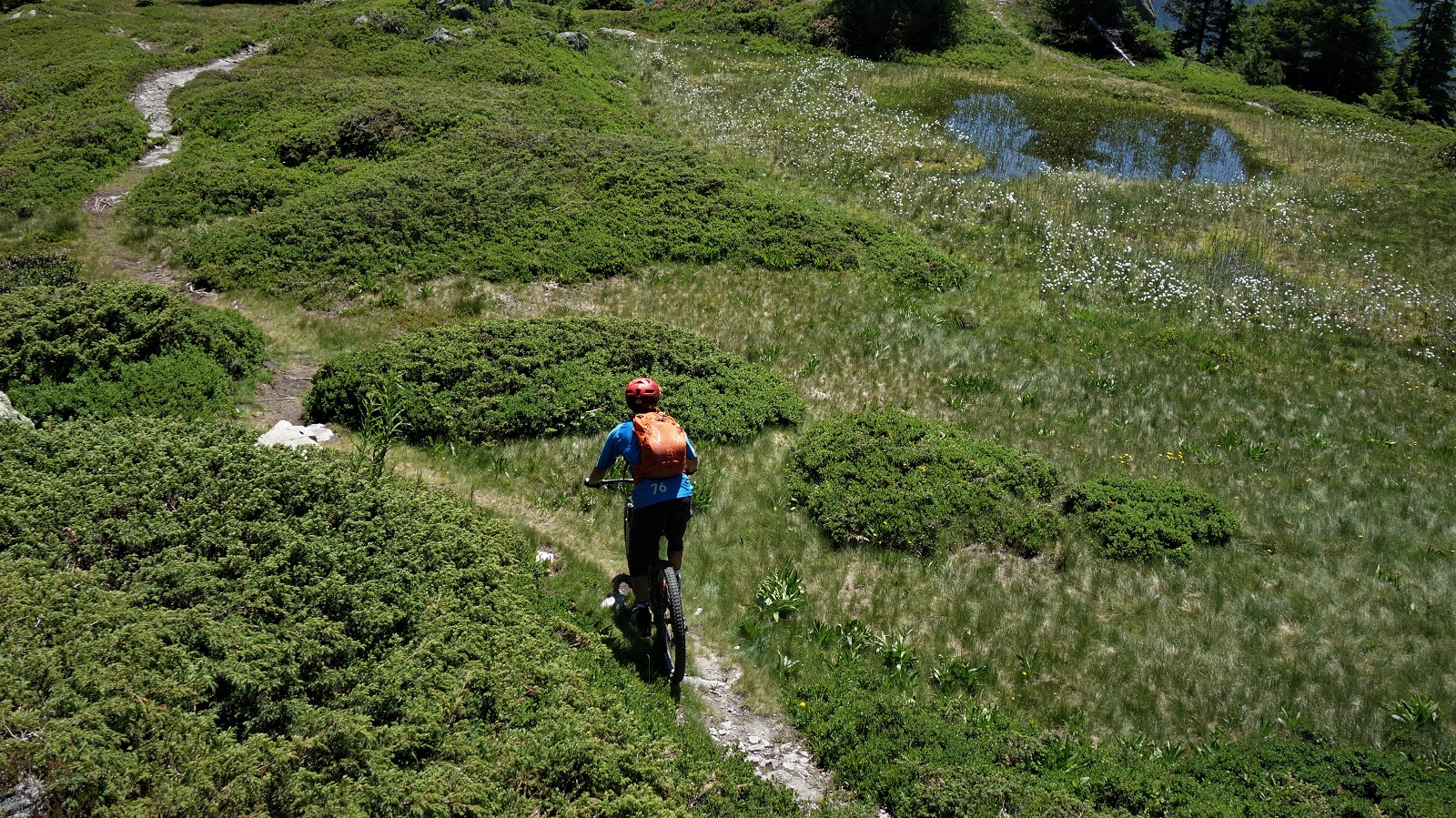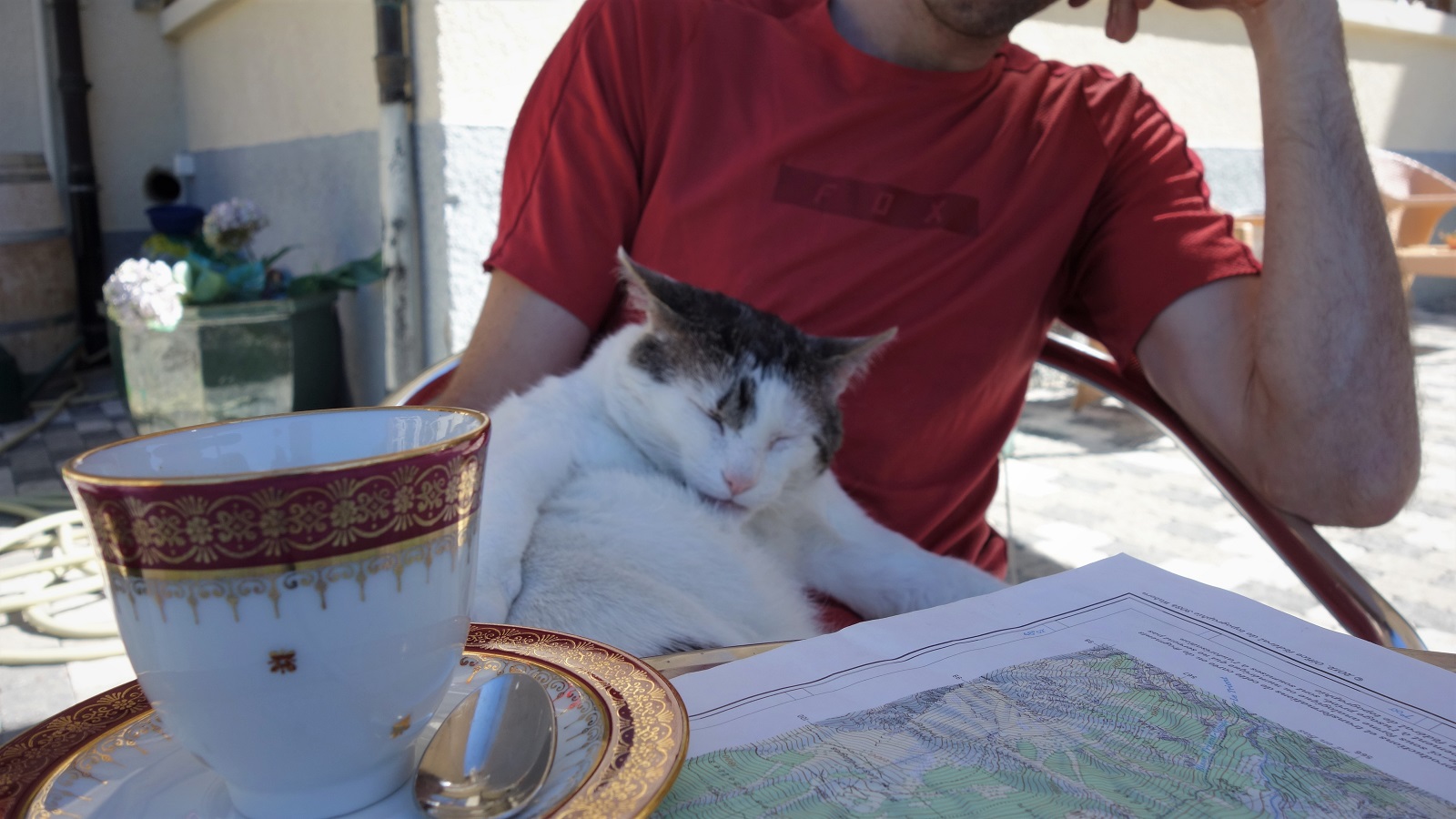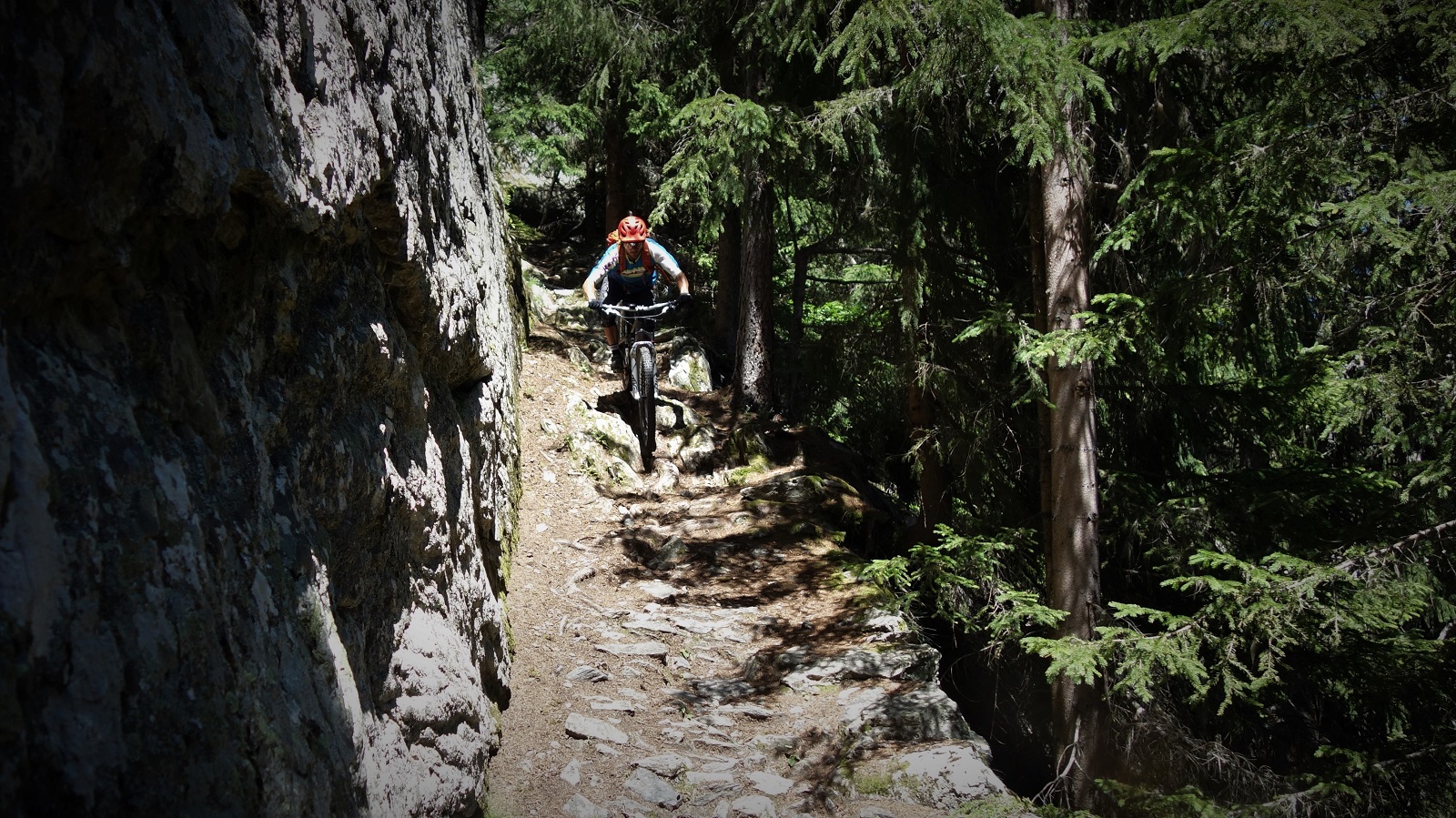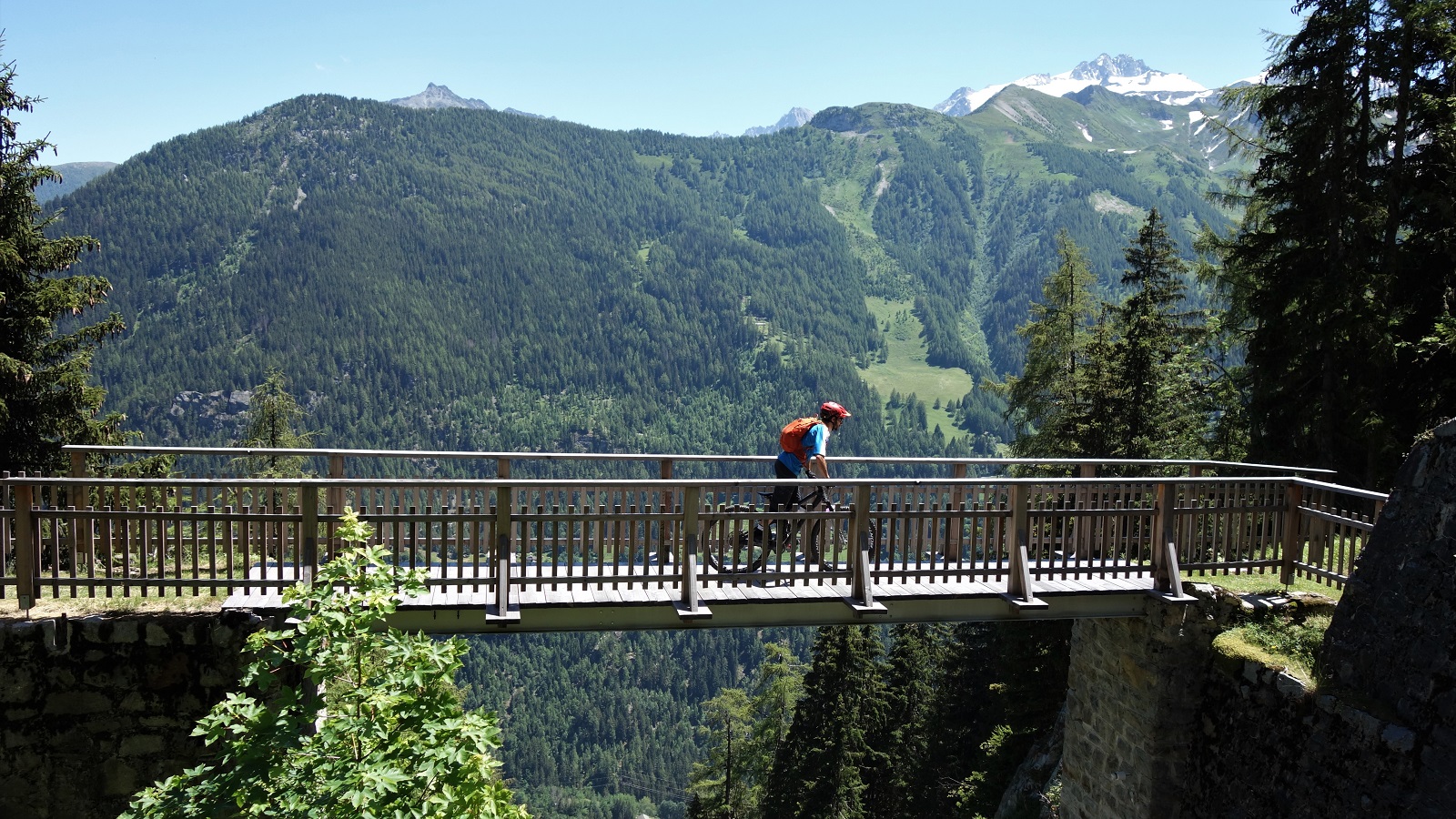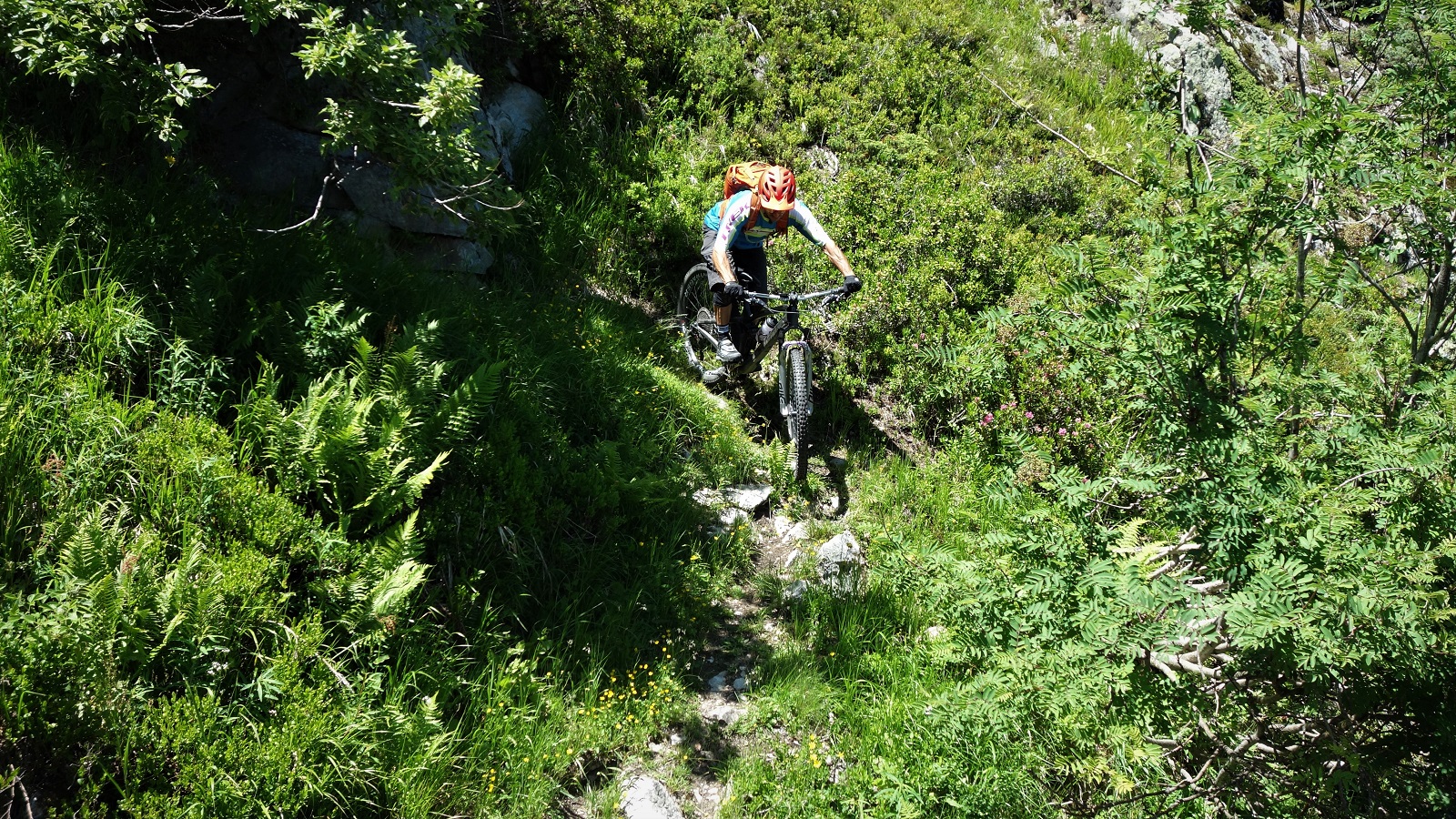Here’s a question for you*:
In the last 20 years the percentage of the world’s population living in extreme poverty** has?
A) About doubled
B) Remained about the same
C) About halved
A, obviously.
How about this one then:
How many of the world’s 1 year old children have been vaccinated*** against at least 1 disease?
A) 20%
B) 50%
C) 80%
Again, surely A isn’t it. Depressing but that’s how it goes. Certainly not C. What optimistic fool would think that?
So yeah, it’s C. Both times. Don’t worry, most people get it wrong. You’d assume by the wonders of multiple choice averages then about 33% would get those questions right, but no, its closer to 13%
And your education doesn’t seem to help either, apparently that last question has a strong correlation where the better your education, the more likely you said A. Which makes sense, as you’d be more aware of the complexities of creating, storing, transporting and administering a vaccine that needs to be kept refrigerated at all times and delivered by highly trained professionals.
Why’s this? I don’t really know, but clevererer folks than me think it’s because there’s a lag time between your education and your current place in the world. What you learnt at school was probably right(ish) 5, 10, 20, 30 years ago but the world has moved on. It’s just your knowledge that hasn’t. You imagine that because you were taught about famines and corruption and destitution in many regions across the world, things haven’t really changed. If a country can’t feed their population, how can they have a refrigerated transport network? Well they can by having moved on over a 20 year period and now most citizens live a lifestyle similar to the UK not that long ago. In general, on almost any metric you care to use, the world of right now is a better place than the world of your school days. Things really are getting better. So essentially, before making a flash judgement on something, you need to check what the state of the art is and re-assess your existing knowledge. Then crack on with your whataboutisms that the statue is there because of his philanthropic work and historical context, not the other dubious bits. Like, why else would you want to keep the statue of Jimmy Savile?
Bikes then Graham, how are you pulling this back to bikes?
Weel, a similar thing happens with trails. You might have ridden a line on the map 8 years ago, but mountain geology is an active thing, trails change, work gets done to make things less or more rideable. Riders change, our tastes change, our bikes get better. Basically, you need to go back to places every so often to see if the situations changed.
Years ago I more or less wrote off Emosson Dam as being not worth the effort of biking except the classic line from the dam to Martigny. James got in touch to see if I wanted to try and find a trail he’d heard of over Emosson dam way. I was fairly sure it’d be ok, just not worth the effort you’d put in to get there, but I’d not seen James in ages and playing bikes is only ever an excuse to catch up with the amazing people that ride them. So I said aye, where shall we meet and a day later we’d both taken the same different train and were sat in a cafe in Finhaut drinking coffee out of antique tea cups whilst a giant cat pinned me to the chair and a road climb in the sun waited for us.
Long story short, turned out to be a great trail. It wouldn’t have been a great trail 15 years ago because my bike would have broken on the way down (twice) and I’d have broken on the way up if I’d tried to pedal something that would survive the down.
We explored a bit, we turned around from the first attempt due to too much snow, we found the second plan, we sessioned a few bits, we looked at dragon flies, we rode some great trail, we talked about all sorts of shit.
Actually, that’s not praise enough. It really was a good trail. We chose not to ride a couple of short sections, partly because we are now old, partly because even though both of us are happy to represent for bike companies that produce bikes we really like (obviously mine is better though, covid compliant fist bumps to Airdrop for the new Edit which has taken the baton passed to it by my old Edit and Bolted down the hill) we don’t want to replace those bikes too often and big piles of rocks do shorten bike lifespans when you drop them into it.
The upper section had the most bike threatening terrain, but past the initial couple hundred meters of descent things mellowed out and it turned onto one of those trails that you know is older than your grandparents yet somehow was built with 2020 bikes in mind. Tight switchbacks but with supportive berms, assorted small lips with perfectly placed backsides to aim for, rocks that roll or launch depending on your preference. Like I say, really was a good trail.
It’s the trail between the dam, Gietroz and Chatelard. That should give enough clues to tempt you away from the increasingly busy Chamonix without taking away too much of the fun of updating your knowledge.
*If you’ve read Factfullness then none of this is news to you. I’m confident most of you haven’t, so I can get away with stealing content.
**Extreme poverty is generally defined as living on ‘less than a dollar a day’ but that’s based on 1996 prices, so the world bank considers, for 2019, that extreme poverty is living on less than $2.16 a day. In 2018 an estimated 8.6% of the world lived in extreme poverty, in 1998 24% which is closer to thirded than halved, but there’s plenty room for error in the stats. Unfortunately, and in opposition to the general aim of this piece, the predictions are that for the first time in a very long time the percentage of people living (perhaps surviving might be a better term) in extreme poverty looks set to rise due to the SARS-CoV-2 pandemic. Which is shit. And also a reminder that the restarting of economies in the rich nations has knock on effects world wide if we stay with the current global economic model, or that if the world is going to change to a new more human/less $ focused system then we’d better do it quick sharp as time really is running out for a lot of people. Don’t worry though, the ultra rich still got richer so that’s good isn’t it.
18/07/2020 Also, just to clarify and I should have had this in originally; Things getting better isn’t the same as things being good. 8.6% of the world living in extreme poverty whilst the richest 26 people in the world hold 50% of global wealth is a fucking disgrace and needs to change.
***Interesting facts for all you die-hard, or at least die-of-preventable-illness, anti-vaxers: the very first vaccine was made in 1796 to neuter smallpox, a disease that was eventually eradicated thanks to that thar vaccination. Regrettably no double blind study was carried out 224 years ago, we had to wait over 150 years for that to start happening, but it does happen. Seriously, how can you believe despite all the evidence that these vaccines are unleashed on the public untested, how does that great conspiracy theory run through governments that can’t even get the trains to run on time?




